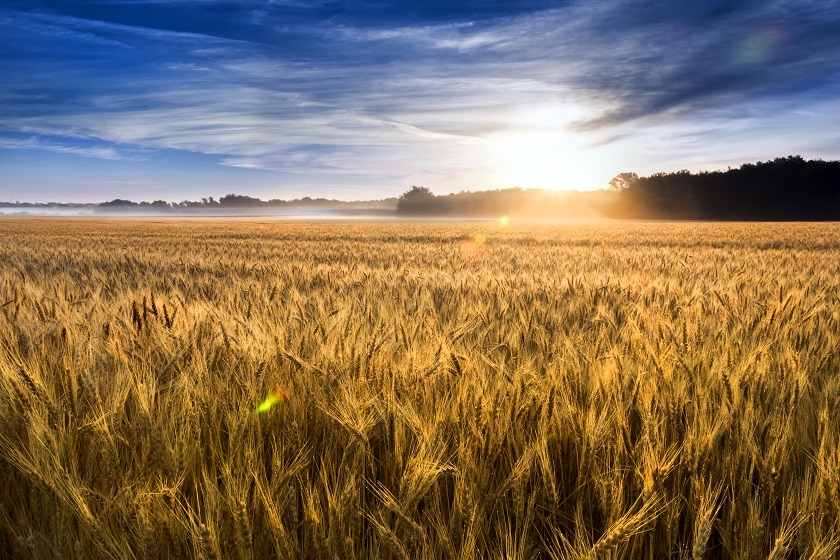USDA Loan: How to Finance a Property in a Rural Area

USDA Loan: How to Finance a Property in a Rural Area
Many mortgage programs like to have a loan application that checks off all the boxes. This means approving both the property as well as the borrower. The property is approved primarily by reviewing the property appraisal. The appraisal contains a wealth of information about the property including the general condition of the home, a legal description of the property as well as a list of similar homes in the area that have recently sold. But a lack of available homes in which to compare makes it difficult to get a conventional loan to finance a property in an area where there simply aren’t that many homes. This is where the USDA loan comes into play.
Appraisals in Rural Areas
These homes are called “comparable sales” in the mortgage industry and are used to support the sales price of the subject property. A similar home means a single family residence that is under contract needs comparable sales that are also single family homes. For someone buying such a property, a comparable sale can’t be a condominium or a duplex, for example. It must be a single family home.
Rarely will two or three properties be exactly alike, even in a planned community where buyers choose from a list of property types. Perhaps one family needs a four bedroom home while another wants five. Or one owner wants a swimming pool and entertainment area in the backyard while another wants nothing to do with a pool. All of these seemingly small differences do affect the value of the property. These differences are referred to as “adjustments” and will add or subtract value.
Appraisals also give more weight to properties that are closer to the subject property. The order of impact is listed as “Sale #1, Sale #2…” and so on. There needs to be at least three recent sales listed while other programs ask for four. How many days it took to sell the property is also an important factor. In addition, a solid appraisal will also show properties that are currently listed for sale.
When you consider how appraisals are completed you can also imagine how comparatively easy appraising an individual condominium unit in a high rise downtown surrounded by hundreds of other condos. There are so many potential comparable sales that can be used. But what you don’t find is a condominium project in a rural area. You also won’t find multiple single family homes in a new development listed for sale in a rural area.
USDA Loan Explained
A USDA loan is a program following guidelines established by the United States Department of Agriculture. First introduced in 1935, the loan was designed to help people buy homes with as little money down as possible as many were still reeling from the throes of the Great Depression. The USDA loan program is just one of two government-backed loans that do not require a down payment. The other being the VA home loan.
A USDA loan also carries a guarantee to the lender should the loan ever go into default. If a home financed with a USDA loan does to into default, the lender is compensated for the loss. This loan guarantee is funded with a one-time guarantee fee that is rolled into the loan amount and an annual fee paid in monthly installments.
How to Qualify
The USDA loan can only be used in preapproved areas deemed as rural by the U.S. Census Bureau. If you’re thinking about buying such a property, the first thing to do is contact me directly with a property address and I can find out if the home is indeed in an approved area. If it is, you can proceed to make an offer on the property. Make sure you have your preapproval letter in hand as you make the offer, if you don’t yet have your preapproval letter, let’s take care of that first.
Another requirement for the USDA program relates to household income. All occupants over the age of 18, whether or not they’re on the loan application, must be included when adding up household income. The household income limitations for USDA loans equates to 115% of income relative to the median income of the area. Again, this is something you’ll need assistance with but also something that just takes me a few moments to calculate for you.
Takeaway
If living the rural lifestyle is your preference then the USDA loan is likely your best choice. There’s a bit of homework to do compared to financing a home within the city but there is no better choice for long term financing.



